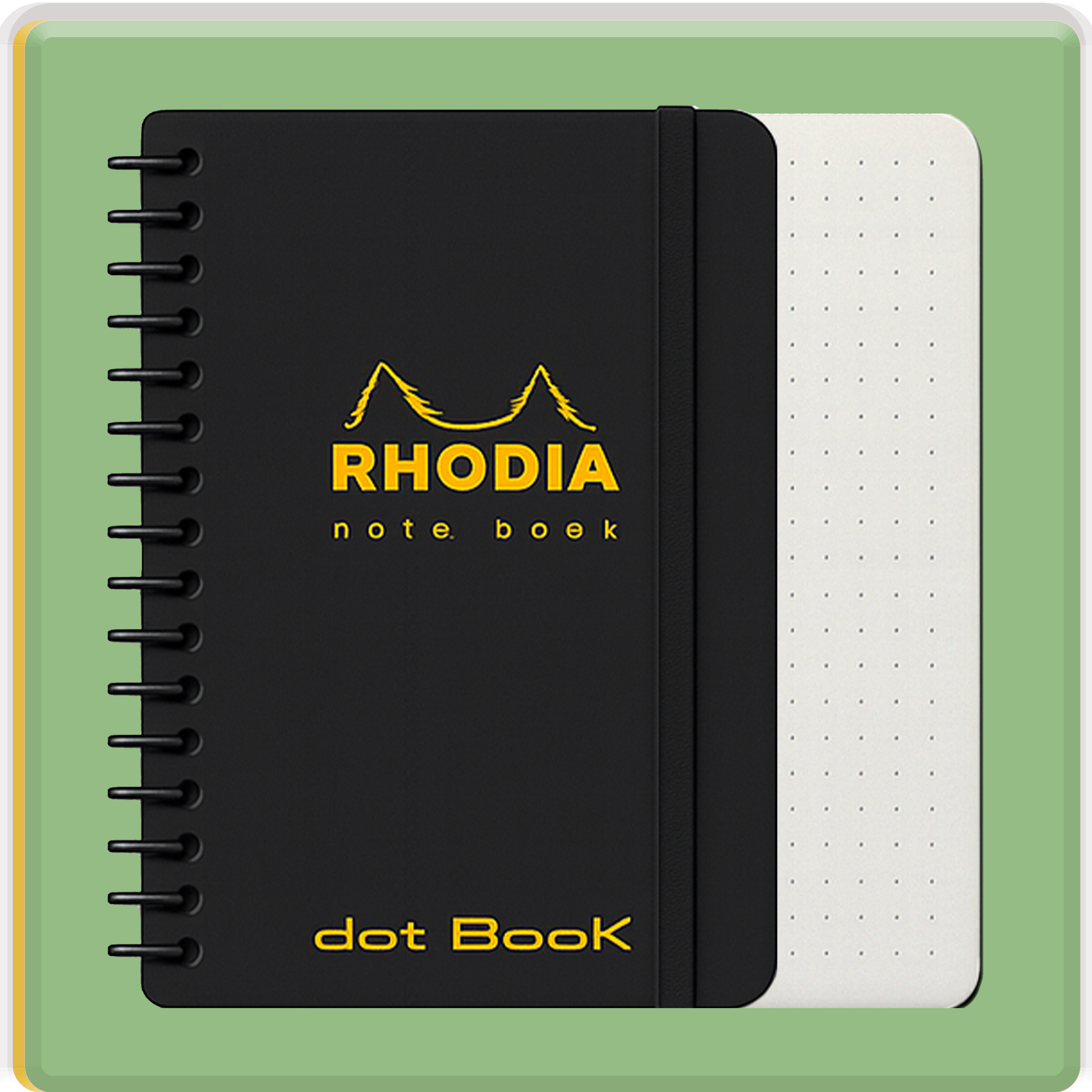
Highlighters and markers are powerful tools that can significantly enhance your studying experience by helping you focus on key information, organize your notes, and improve information retention. Used effectively, these tools can turn dense textbooks and notes into concise, actionable information. Here’s a detailed guide on how to make the most of highlighters and markers in your study routine:
1. Purposeful Highlighting
Highlighting should serve a specific purpose: to identify and emphasize important information. Randomly highlighting large blocks of text can be counterproductive and overwhelming. Instead, follow these guidelines:
- Identify Key Concepts: Before you start highlighting, skim through the text or notes to identify key concepts, definitions, dates, formulas, or any information that stands out as crucial.
- Color Coding: Assign different colors to different types of information. For example, use one color for definitions, another for key dates, and another for formulas. This visual differentiation makes it easier to quickly locate specific types of information when reviewing.
- Highlight Sparingly: Only highlight the most essential information. Less is more when it comes to highlighting. Focus on capturing the main ideas rather than every detail.
2. Annotate as You Highlight
While highlighting is useful for marking important text, it’s equally important to annotate your notes. Annotation involves writing brief summaries, questions, comments, or explanations in the margins or on sticky notes next to the highlighted text. This practice helps reinforce understanding and provides context to the highlighted information.
- Use Symbols: Develop a system of symbols to annotate your highlights. For example, use an asterisk (*) to indicate something important, a question mark (?) for areas that need clarification, and an exclamation mark (!) for surprising or crucial information.
- Connect Ideas: Use arrows or lines to connect related ideas across different sections of your notes. This visual organization can help you see the bigger picture and understand how different concepts relate to each other.
3. Create Visual Hierarchies
Markers can be particularly useful for creating visual hierarchies in your notes. Unlike highlighters, which emphasize specific text, markers can be used to draw attention to broader themes or sections of your notes.
- Color Block Headers: Use markers to create color-coded headers for different sections of your notes. This makes it easy to navigate through your study materials and quickly find information on specific topics.
- Draw Diagrams and Mind Maps: Use markers to draw diagrams, flowcharts, or mind maps that visually represent complex concepts or relationships between ideas. Visual learners often find these tools particularly effective for understanding and retaining information.
4. Review and Revise
Effective studying isn’t just about marking up your notes; it’s also about how you use those markings to reinforce your learning.
- Review Regularly: Schedule regular review sessions where you revisit your highlighted and annotated notes. This spaced repetition helps strengthen memory retention and reinforces learning.
- Summarize Key Points: At the end of each study session, summarize the key points you highlighted and annotated. This summarization process helps reinforce understanding and solidify key concepts in your memory.
5. Experiment with Different Techniques
Different subjects and learning styles may require different approaches to using highlighters and markers effectively. Don’t be afraid to experiment with various techniques to find what works best for you.
- Use Different Colors: Experiment with different color combinations to see which ones help you organize information most effectively.
- Try Digital Tools: If you prefer digital note-taking, explore apps and software that offer highlighter and marker functionalities. Many digital tools allow you to highlight, annotate, and organize notes electronically.
6. Practice Active Reading
Effective highlighting and marking rely on active reading techniques that engage your mind and enhance comprehension.
- Preview Before Reading: Before diving into a text, skim through headings, subheadings, and summary paragraphs to get an overview of the content.
- Ask Questions: Formulate questions about the material as you read. Highlight passages that answer those questions or contribute to your understanding.
7. Maintain Consistency
Consistency is key to making highlighting and marking an effective study habit. Integrate these techniques into your regular study routine to maximize their benefits over time.
- Set Study Goals: Establish clear goals for each study session, including what information you plan to highlight and how you will use markers to organize your notes.
- Stay Organized: Keep your highlighted and annotated notes organized in a way that makes sense to you. Whether you prefer binders, notebooks, or digital folders, having a structured system helps you easily access and review your study materials.
By incorporating these strategies into your study routine, you can leverage the power of highlighters and markers to enhance your learning experience, improve retention, and ultimately achieve academic success. Experiment with these techniques to find the methods that work best for your learning style and subjects. Happy studying!








